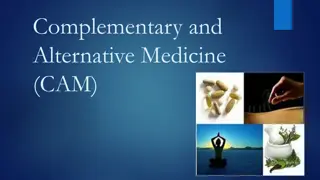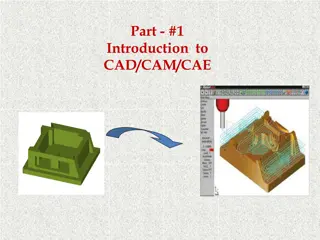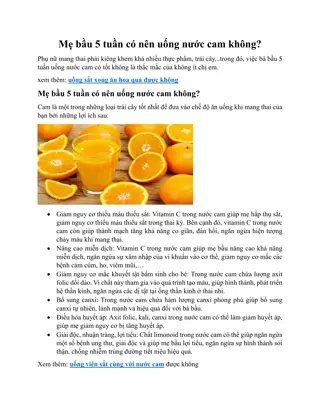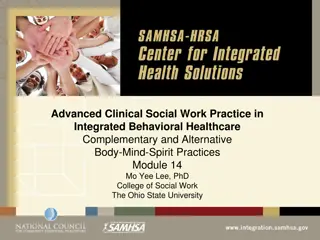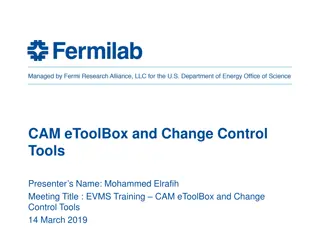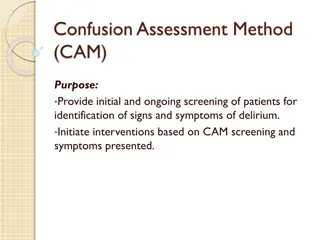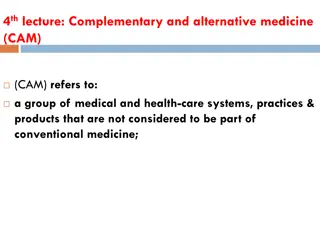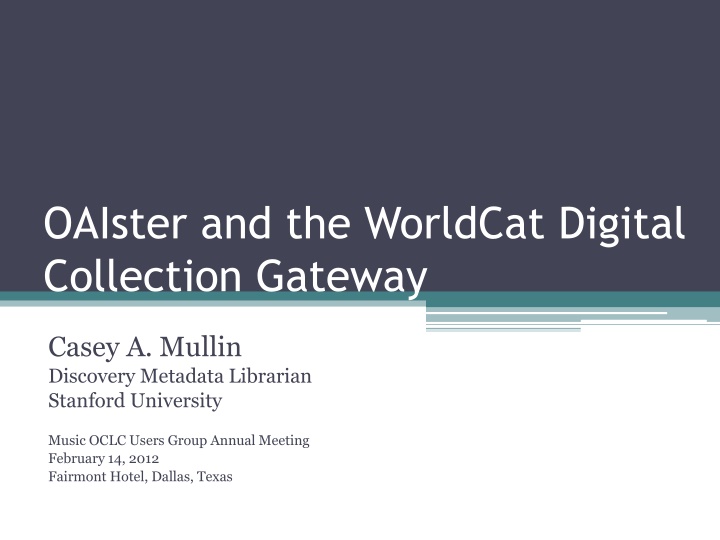
OAI-PMH and OAIster for Digital Collections
Explore the evolution of OAI-PMH and OAIster, their significance in metadata harvesting, and the transition to OCLC's WorldCat Digital Collection Gateway. Discover how these systems facilitate access to millions of records from diverse contributors in the digital realm.
Download Presentation

Please find below an Image/Link to download the presentation.
The content on the website is provided AS IS for your information and personal use only. It may not be sold, licensed, or shared on other websites without obtaining consent from the author. If you encounter any issues during the download, it is possible that the publisher has removed the file from their server.
You are allowed to download the files provided on this website for personal or commercial use, subject to the condition that they are used lawfully. All files are the property of their respective owners.
The content on the website is provided AS IS for your information and personal use only. It may not be sold, licensed, or shared on other websites without obtaining consent from the author.
E N D
Presentation Transcript
OAIster and the WorldCat Digital Collection Gateway Casey A. Mullin Discovery Metadata Librarian Stanford University Music OCLC Users Group Annual Meeting February 14, 2012 Fairmont Hotel, Dallas, Texas
2 Introduction The OAI worldview: Data Providers and Service Providers Service Provider: OCLC (through WorldCat and beyond) Data Providers: you!! What this presentation isn t Disclaimers
3 Background The Open Archives Initiative Protocol for Metadata Harvesting (OAI- PMH) Developed in 2001 Andrew W. Mellon Foundation grants OAIster (University of Michigan) Designed to establish a broad, generic information retrieval resource pointing to publicly available digital resource representations, mostly provided by the research library community (Hagedorn, 2003) The big idea: no dead ends Launched as a public search interface in 2002 Harvested all exposed records, but presented only those which pointed to actual digital objects Image source: http://www.oaister.org, via the Internet Wayback Machine
4 Background Meanwhile OCLC launches its Metadata Harvesting Program in 2003 UM s assessment: approach not scalable Early 2009: announced partnership with OCLC February 2009: OAIster records made discoverable in WorldCat via FirstSearch Late 2009: harvesting operations moved to OCLC WorldCat Digital Collection Gateway Began transition in July 2010 Self-service model Compatible with all OAI-compliant repositories Optimized for CONTENTdm Free!
5 OAIster today Name retained for public interface Subset of WorldCat 25+ million records, representing archival collections of 1,100+ contributors* Records are accessible through FirstSearch Connexion worldcat.org anywhere WorldCat content is syndicated oaister.worldcat.org *Source: http://www.oclc.org/oaister/, accessed February 10, 2012
6 OAIster today
7 OAI-PMH Released in 2001 Based on dual worldview: Data Providers and Service Providers Scalable Relatively simple Based on HTTP verbs Non-MARC counterpart to Z39.50 Non-invasive (your original records not affected without your intervention) Minimum requirements set a fairly low floor Simple Dublin Core Unique and persistent identifier for the digital object Community-specific applications allowed Image source: http://www.openarchives.org/, accessed February 10, 2012
8 OAI-PMH WorldCat Digital Collection Gateway implementation Data provider creates collection profiles (i.e. customize metadata maps) Data provider sets up harvesting schedule (default is quarterly) Records are converted to MARC format for storage in WorldCat More detail to come!! Image source: http://www.openarchives.org/, accessed February 10, 2012
9 Record example no.1 (digitized score, OAIster view)
10 Record example no.1 (digitized score, OAIster view)
11 Record example no.1 (digitized score, Connexion view)
12 Record example no.2 (born-digital object, OAIster view)
13 Record example no.2 (born-digital object, Connexion view)
14 Sources/further reading Hagedorn, K. (2003). OAIster: a "no dead ends" OAI service provider. Library Hi Tech, 21(2), 170-181. Shreeves, S. L., T. Habing, K. Hagedorn, & J. A. Young (2004). Current developments and future trends for the OAI protocol for metadata harvesting. Library Trends, 54(1), 576- 589. Beisler, A., & G. Willis (2009). Beyond theory: Preparing Dublin core metadata for OAI-PMH harvesting. Journal of Library Metadata, 9(1), 65-97. WorldCat Digital Collection Gateway Metadata Best Practices: http://www.oclc.org/gateway/support/best_practices.pdf
15 Thank you!!! Contact: cmullin@stanford.edu














